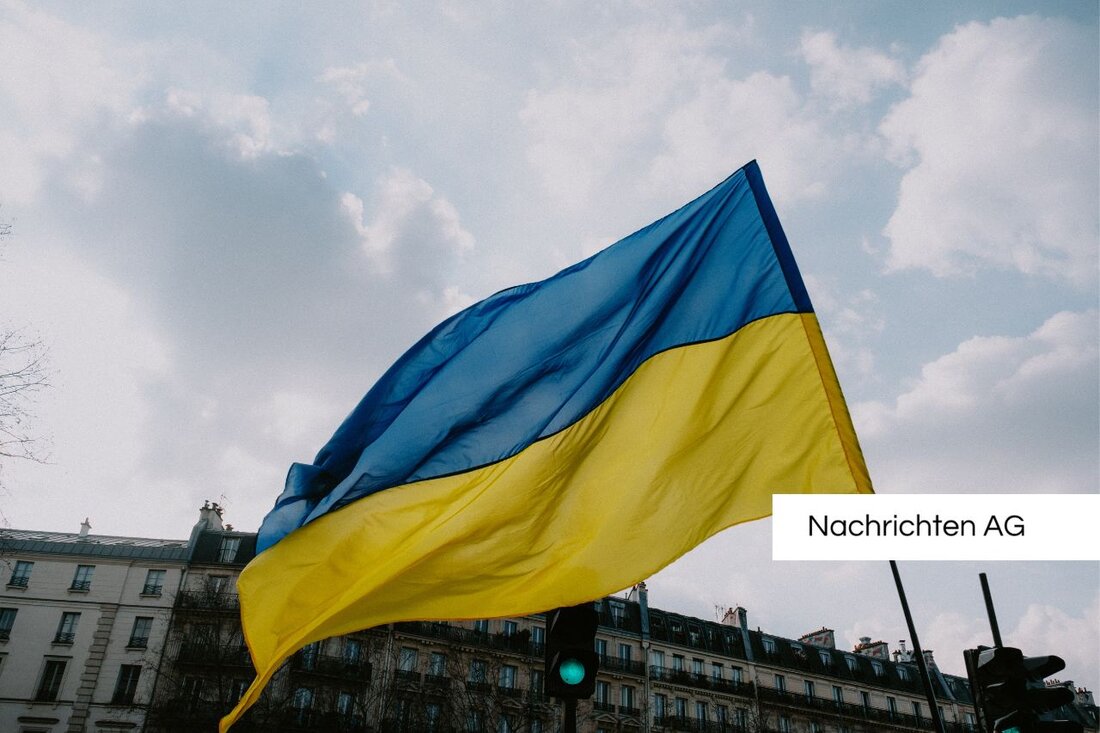TU Ilmenau: Robot team wins competition with brilliant performance!

TU Ilmenau: Robot team wins competition with brilliant performance!
Ilmenau, Deutschland - students of the Technical University of Ilmenau showed outstanding performance in a demanding competition. During the first phase of competition, the participants received support from junior professor Florian Klingler, who led the video conference. This support helped the students to understand central aspects of the competition. From Tuesday, however, the students were challenged to work independently in order to meet the challenges of the competition. Dr. Heiner Dintera, from the International Office of the TU Ilmenau, accompanied the team and coordinated the trip as part of the DAAD program Eastern partnerships, which has been promoting cooperation between German universities and institutions in Eastern and Central Eastern Europe for 50 years.
In the final presentation, the team demonstrated its competence by successfully crossing their robot an unknown labyrinth. It was particularly noteworthy that the Ilmenau team was the only one to find the correct outcome. In addition, the robot had managed to identify two floor thresholds and a schnapps glass filled with alcohol. Matthias Misar, a member of the team, reported that other teams also became aware of the performance of the Ilmenau team and that there was an exchange of solutions. It was found that similar problems arose with the other teams, which emphasized the value of the problem -solving approaches of the Ilmenau team.
DAAD programs for international collaborations
The DAAD program Eastern Partnerships promotes academic activities and exchange programs and aims to strengthen the cooperation between German and universities in Eastern Center, Southeast and Eastern Europe as well as the South Caucasus and Central Asia. The destination of these programs include Albania, Georgia, Poland and Ukraine. This funding, which also includes stays for students and scientists for study, research and teaching purposes, is partially financed by the Federal Foreign Office. The program goals focus on the consolidation of existing partnerships and the expansion of international relationships through education and research.
Currently around 60 German universities cooperate with around 170 institutions in target regions, whereby the program also plays an important role in the historically grown Eastern policy of Germany and contributes to continuity in scientific exchange. With regard to future development, additional digital measures can be promoted from 2025, which shows the adaptability of this program under the changing foreign policy framework.
quality and international standards in the university area
German universities are increasingly involved in international cooperation. The focus is on building up courses and faculties abroad as well as transnational education, which has become an integral part of the internationalization strategies. In 2013, a code was adopted that set qualitative and ethical minimum requirements for German university projects abroad. This code is intended to ensure that both German universities and their foreign partners adhere to certain standards.
By compliance with these minimum requirements, universities position themselves as quality -conscious and intercultural sensitive partners in the global educational competition. This not only contributes to improving international study conditions, but also to strengthen academic cooperation at a global level.
Overall, the successful participation of the TU Ilmenau shows the effect of international university cooperations and the importance of programs such as the Eastern partnerships of the DAAD for academic exchange and promotion of young talents.
| Details | |
|---|---|
| Ort | Ilmenau, Deutschland |
| Quellen | |
